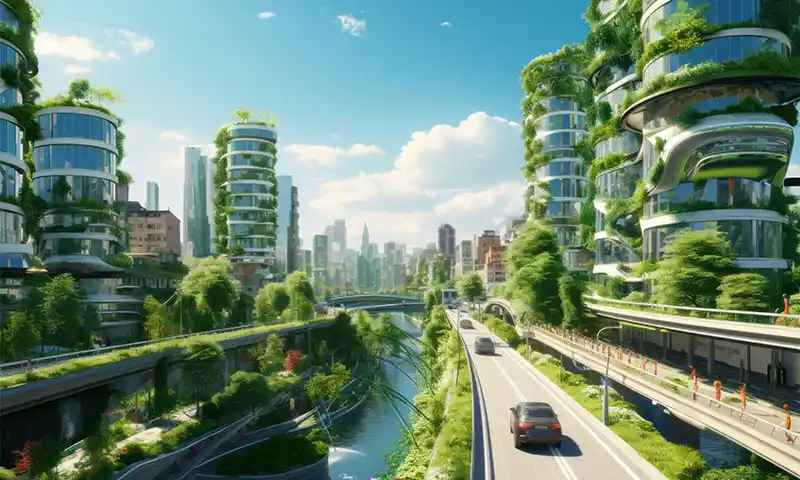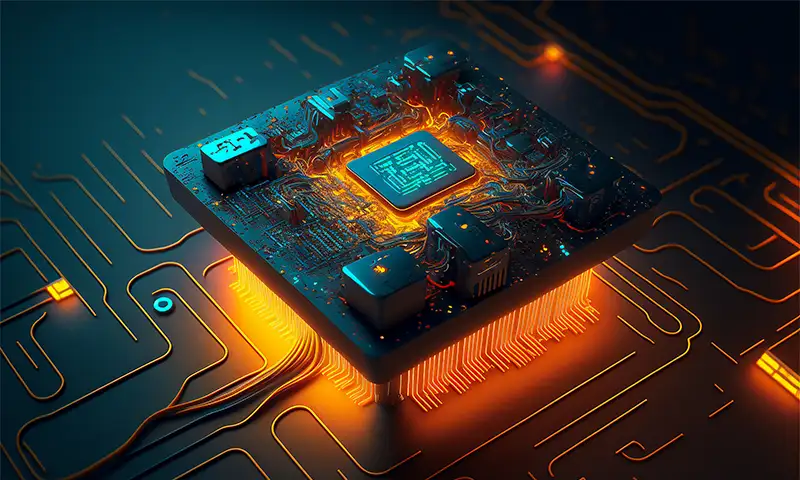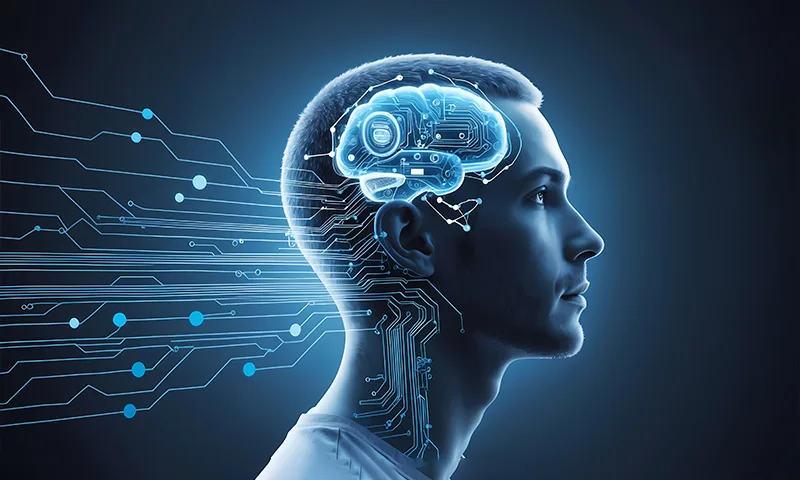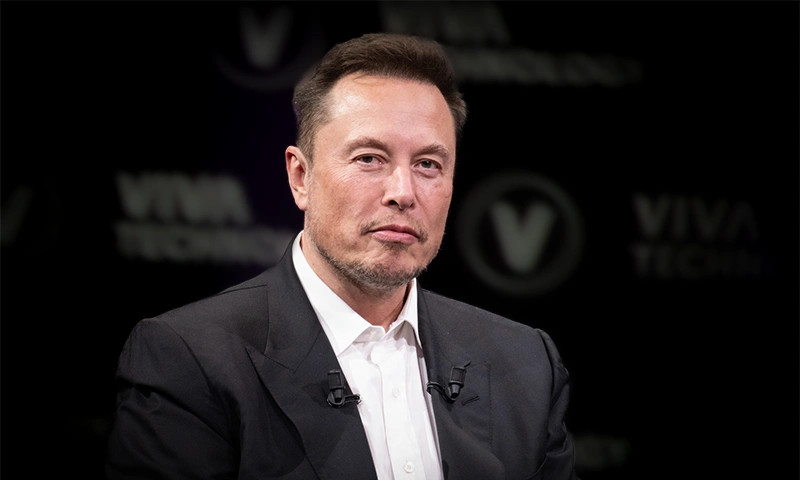How Smart Cities are Transforming the Way We Live in 2024
Smart cities are moving from mere concepts of futurism to real time realities in the year 2024. These cities combine advanced technology with sustainable development thereby changing how we relate to both our surroundings and the people who live around us. Urbanization brings with it a growing need for efficient infrastructure, better public services and environmentally friendly options. Smart cities serve as an answer to this problem by employing up-to-date technology that will ensure safer, cleaner and more effective urban places. Already, this revolution has started taking place and is having significant impacts upon life as we know it today.
What Are Smart Cities?
Smart cities are urban areas that leverage digital technologies, data and communication tools to address the needs of their residents. This includes everything from traffic management to energy consumption or even public safety. Through collecting and analyzing real-time information, smart cities are in a position to streamline the services provided, minimize wastage and promote efficient operations across different sectors. Some examples of smart city initiatives include automated traffic lights, smart grids among other AI based waste disposal systems which help ease daily living as well as making it more convenient.
The Role of Technology in Smart Cities
At the center of smart cities is technology. The driving forces behind it are; Internet of Things (IoT), 5G networks, artificial intelligence (AI) and cloud computing. By using sensors deployed all around town, we can derive data on air quality to flow of movement on roads that help people in charge in making decisions. For instance, real-time traffic data can be used to optimize traffic signal operations so as to reduce congestion and pollution at the same time. On the other hand IoT devices monitor energy consumption patterns as such enhancing better use hence leading to savings for individuals and governments as well.
Sustainable Development and Intelligent Cities
Sustainability is one of the foremost advantages that these urban zones possess. As climate change continues to ravage across the globe, their design aims at reducing environmental footprints brought about by urbanized life styles. Smart grids enable more efficient energy consumption practices while renewable power sources such as solar panels and wind turbines are being integrated into city infrastructure more frequently. For instance, smart waste management systems make use of sensors which monitor receptacle levels in order to optimize collection routes thus decreasing fuel use as well as emissions.
Increased Public Safety
Besides this, intelligent cities improve public security. Law enforcement agencies may use monitoring systems fitted with AI-enabled cameras together with facial recognition technology to report on suspicious happenings as well as provide quicker responses in case of emergencies (Brown, 2019). Additionally, streetlights can adjust depending on the level of pedestrian traffic so as to provide illumination where it is most required while at other times minimizing energy consumption through dimming techniques. In addition, emergency services rely on real-time information about a situation in order for them to gauge how soon they should respond thus saving lives as well as properties.
Modification of the Transportation System
A significant change in transportation is taking place in 2024 due to smart city technologies. The presence of autonomous automobiles, electrical buses and cycle-sharing networks has reduced greatly our dependency on fossil fuels while at the same time decreasing air pollution levels in cities. Intelligent traffic management systems help to ease the flow of movements while public transit real-time tracking allows city dwellers to commute easier. Now this is how we view the future of urban mobility because they make our towns manageable with lesser traffic jams.
Immense advancement have been brought about by the internet technological revolution hence development towards smart homes that have improved residential areas’ conditions. They are not just about implementations like energy saving devices though but also entail advanced building designs with fresher surfaces like green roofs promoting rooftop gardens instead of hard surfaces such as asphalt among others where growing plants may actually thrive well. As a result people living in high buildings are prone to health problems because they hardly breathe fresh air unlike the rest in low rise residential premises who enjoy good health as a result.Primary among these features include panic buttons located near doorways which notify security personnel whenever an attack occurs or unauthorized entry takes place thus averting loss of life well as destruction of property.
Smart Homes and Buildings
Smart homes, required connected devices like lighting systems, thermostats and surveillance cameras thus allowing residents to keep tabs on their environment from afar. Additionally thereby it leads to developing energy-efficient buildings made out of high tech materials thus ensuring good quality live-from; less wastefully used power have become the norm”. All these have improved urban lives by making them convenient and sustainable.
Obstacles Encountered by Intelligent Urban Areas
Notable advantages of smart cities notwithstanding, establishing them fully functional has its hurdles to scale. Cities have to contend with many cybersecurity threats, privacy issues surrounding individual data collection as well as high fund requirements among others. With enormous amounts of information collected by smart cities, thus becomes crucial the need for effective security measures. Moreover, it is imperative that government regulate these technologies for all citizens enjoy their benefits instead of creating a digital gap with some people receiving privileged access to smart city services.
The Economic Transformation of Smart Cities
Enhanced living standards do not necessarily mean smart cities are merely meant for good life but rather also poverty alleviation as well. The emergence and application of intelligent technologies results in novel opportunities for companies like construction firms establishing smart infrastructures or software developers producing cutting-edge applications or creating state-of-the-art devices etc. At the same time they attract public-private funds leading to job creation and accelerating economic development through this interaction between technology and economy that makes them real giants in the world market.
Smart Cities and Community Engagement
Smart Cities are not all about technology, they are also about people. Community engagement is an essential component of the smart city model. Digital platforms enable communities’ voices in decision making so that cities can hear and address their peoples’ needs. For example, people can use applications like Report app or Sweet street light app to report issues such as broken streetlights or potholes thereby allowing for quicker resolutions. Thus, by making it easier for governments and citizens to communicate with each other, smart cities maintain direct relationships with urban dwellers who inhabit them.
The Future of Smart Cities
As we gaze into the future, possibilities for wise urban spaces appear boundless. Owing to advancements in Artificial Intelligence (AI), machine learning (ML), as well as sustainable technologies: upcoming smart cities would be more effective energy wise less polluting than today’s world still maintain sensitivity towards their inhabitants’ requirements This might include full abolition of public transport system by 2055 together with creation of energy systems with zero emissions and proliferation of hyper connected towns that would make our current live/work lifestyles sepia colored memories.
Conclusion
There is radical transformation of reality in towns today through smart lifestyles which have come to life. In addition to making them safer, more sustainable and efficient spaces in which inhabitants can reside, advanced technologies are being incorporated into these urban centres so as to achieve this goal. Public safety, transport systems, energy consumption patterns and community involvement are only some of the areas that have undergone substantial modifications thanks to these initiatives. The current trajectory of these cities indicates an upward trend with respect to overall quality of life for everyone leading towards greater connectivity and sustainability overall.














